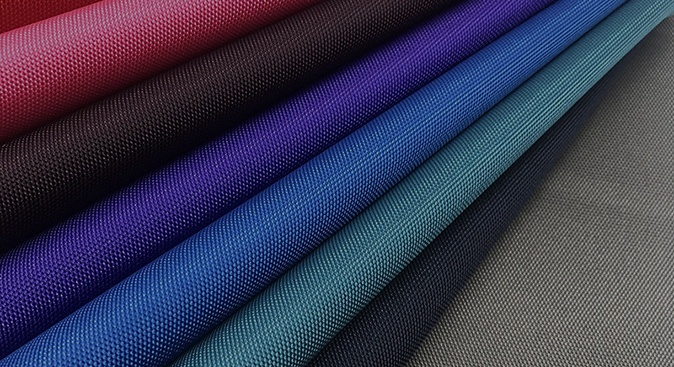Introduction
Briefly introduce PVC coated Fabric and its Popularity
PVC coated fabric is a popular choice due to its versatility and durability. This type of fabric is coated with polyvinyl chloride (PVC) on one or both sides, providing enhanced resistance to water, chemicals, and UV radiation. Its excellent strength and abrasion resistance make it suitable for a wide range of applications.
The popularity of PVC coated fabric can be attributed to its numerous advantageous properties. It offers high tensile strength, tear resistance, and dimensional stability, ensuring long-lasting performance even in harsh conditions. The PVC coating also provides effective protection against water, making it ideal for outdoor and heavy-duty applications such as truck covers, tents, awnings, banners, and inflatables.
Additionally, PVC coated fabric is easy to clean and maintain, adding to its appeal. It can be easily wiped clean or washed, making it suitable for applications that require regular hygiene and cleanliness, such as medical equipment covers or protective garments.
Despite some environmental concerns associated with PVC, the popularity of PVC coated fabric persists. Manufacturers have made efforts to develop more eco-friendly alternatives, and advancements in manufacturing processes have helped mitigate the environmental impact.
Highlight the Importance of proper care and maintenance
Proper care and maintenance are essential for preserving the quality, performance, and safety of objects, systems, and ourselves. By investing time and effort into regular maintenance, we can enhance longevity, optimize performance, ensure safety, save costs, promote well-being, and contribute to a more sustainable world. Whether it’s taking care of our belongings to prevent wear and tear, maintaining our health through exercise and balanced nutrition, or responsibly using and maintaining systems to reduce waste, proper care and maintenance play a crucial role. From preserving the lifespan of objects to improving efficiency, from preventing accidents to saving money on costly repairs, and from promoting personal well-being to protecting the environment, the importance of proper care and maintenance cannot be overstated. By embracing a mindset of responsibility and dedicating the necessary attention to care and maintenance, we can enjoy the benefits of longevity, performance, safety, and sustainability in various aspects of our lives.

Understanding PVC coated Fabric
Definition and Characteristics
PVC coated fabric refers to a textile material that has been coated with a layer of polyvinyl chloride (PVC). This coating process enhances the fabric’s performance and imparts specific characteristics. PVC coated fabric is known for its excellent waterproof properties, as the PVC layer acts as a barrier against water penetration. This makes it highly suitable for applications where protection against moisture is essential. Additionally, PVC coated fabric is durable and exhibits increased strength, allowing it to withstand various environmental conditions and heavy use. The PVC coating also enhances the fabric’s resistance to abrasion, tear, and puncture, making it long-lasting and reliable. Due to its versatility, PVC coated fabric finds applications in various industries such as automotive, marine, construction, and outdoor equipment.
Common Applications
PVC coated fabric is widely utilized in a multitude of applications due to its versatility and durability. One common application is in the production of tarpaulins, which are used to safeguard goods, vehicles, and outdoor structures from adverse weather conditions. The waterproof properties of PVC coated fabric make it an ideal choice for ensuring protection against rain, snow, and UV rays. Additionally, the fabric’s resilience and resistance to tearing make it a reliable option for industrial covers, effectively shielding equipment and storage areas from dust, dirt, and moisture. PVC coated fabric is also extensively employed in the construction of awnings and canopies, providing shade and shelter from the elements for both commercial and residential buildings. Moreover, its strength and flexibility make it a suitable material for inflatable structures, such as bounce houses and inflatable tents, ensuring safe and enjoyable recreational experiences. In the realm of protective clothing, PVC coated fabric is employed to manufacture garments that offer resistance to chemicals, water, and other hazards. Overall, the diverse applications of PVC coated fabric highlight its prominence in providing durability, weather protection, and safety across various industries.
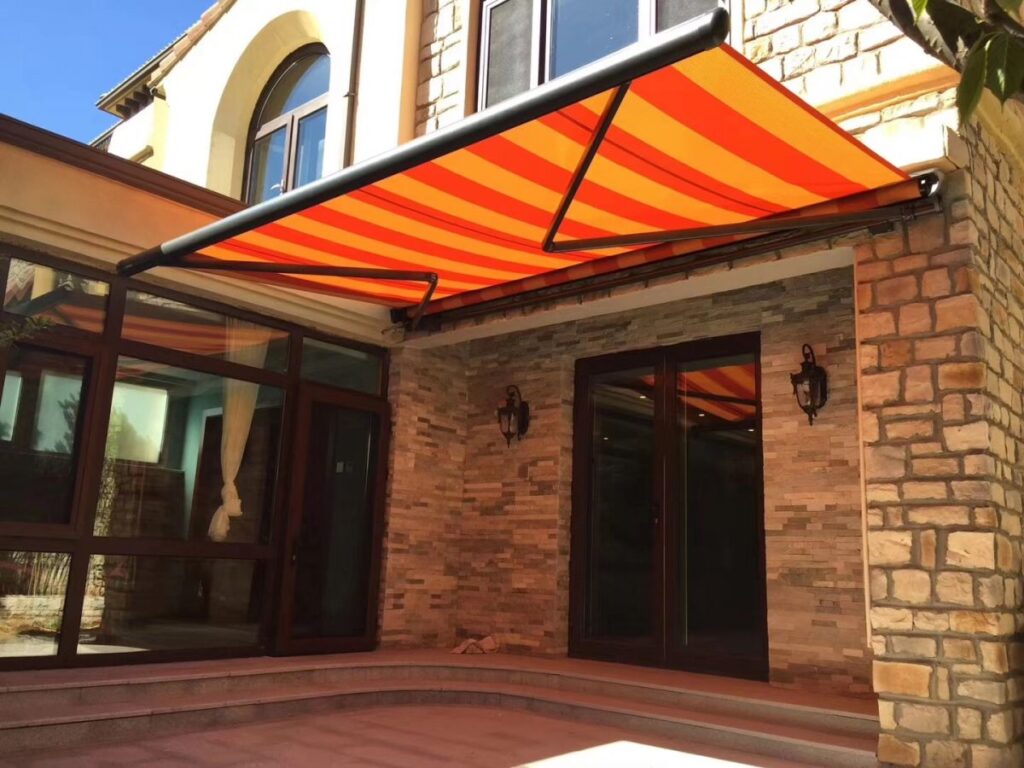
General Care Instructions
Washing Guidelines
To ensure the longevity of PVC-coated fabric, it’s crucial to adhere to proper washing guidelines. Start by removing loose dirt and debris with a soft brush or cloth. For small stains, spot cleaning with a mild soap and water solution works well. Handwashing is typically recommended for overall cleaning. Fill a basin with lukewarm water and a mild detergent, then gently agitate the fabric to remove dirt and stains. Machine washing may be suitable for certain PVC-coated fabrics, but always check the manufacturer’s instructions first. Air drying is essential, so hang the fabric in a well-ventilated area away from direct sunlight and heat sources. Avoid ironing, as the heat can damage the PVC coating. Instead, use a cool iron on the reverse side with a protective cloth if necessary. When storing the fabric, ensure it’s clean and completely dry, then fold it neatly and store it in a cool, dry place. Remember to consult the specific care instructions provided by the manufacturer for any additional recommendations or precautions.
Drying Techniques
There are various techniques available for drying PVC-coated fabric. One common method is air drying, where the fabric is hung in a well-ventilated area and allowed to dry naturally. It is essential to spread the fabric evenly to ensure uniform drying and prevent wrinkles. Another approach is heat drying, but caution must be exercised to avoid damaging the fabric. Using a low or medium temperature setting on a dryer or heat source is recommended, with close monitoring to prevent overheating. In humid environments, employing a dehumidifier can expedite the drying process by reducing excess moisture in the air. Industrial drying equipment, such as conveyor dryers or hot air tunnels, is suitable for large-scale operations. Once the fabric is dry, pressing with a cool iron or fabric press at a low temperature can help eliminate any remaining wrinkles. It is crucial to follow the manufacturer’s instructions and avoid subjecting the fabric to excessive heat or prolonged exposure to direct sunlight, as it can cause discoloration or damage to the PVC coating.
Ironing Tips
When it comes to ironing PVC coated fabric, it’s essential to follow a few tips to ensure you don’t damage the material. Firstly, always check the fabric label for any specific instructions or temperature recommendations. This will help you understand how to handle the fabric properly. Secondly, when ironing PVC coated fabric, use a low heat setting on your iron. The material is sensitive to high heat, so it’s crucial to set the temperature to the lowest level suitable for removing wrinkles. If the fabric label doesn’t provide any specific temperature guidelines, it’s better to err on the side of caution and use a lower heat setting. Additionally, avoid applying excessive pressure on the fabric while ironing, as this can cause damage or distortion. Instead, use a gentle, gliding motion to remove wrinkles. It’s also important to ensure that the iron doesn’t stay in one place for too long, as prolonged heat exposure can harm the PVC coating. Lastly, consider placing a thin cotton cloth or a pressing cloth over the PVC coated fabric before ironing. This extra layer acts as a barrier and protects the fabric from direct contact with the iron. By following these tips, you can safely and effectively iron your PVC coated fabric without compromising its quality or appearance.
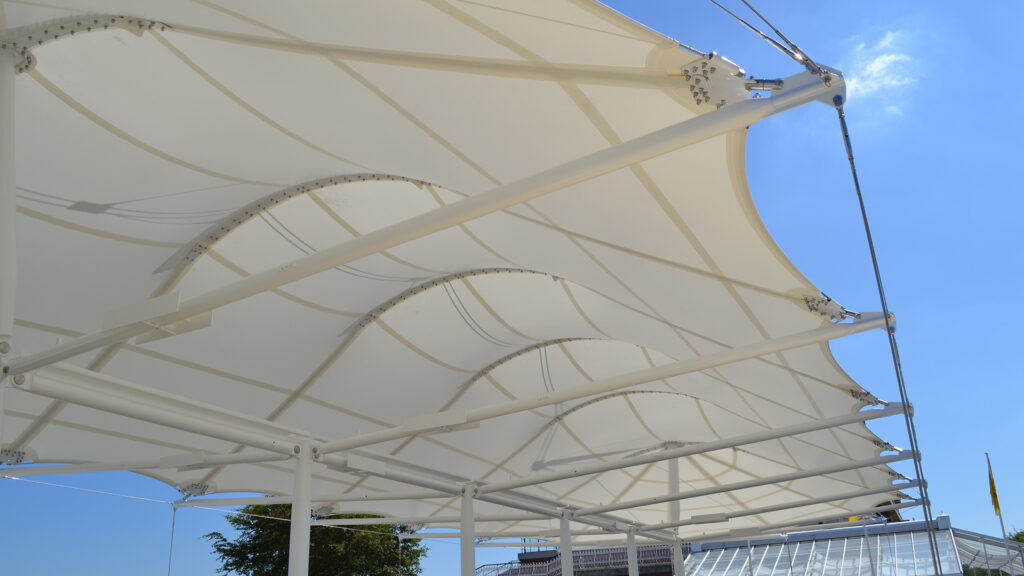
Stain Removal Techniques
Pre-Treatment Steps
The pre-treatment steps for stain removal techniques on PVC coated fabric involve a series of important measures. Firstly, it is crucial to identify the type of stain present on the fabric. Whether it is oil, grease, food, ink, or dirt, understanding the nature of the stain is essential for selecting the appropriate cleaning method. Once the stain has been identified, the next step involves removing any loose debris. This can be accomplished by gently brushing or shaking off any particles that may be sitting on the surface of the fabric. By effectively implementing these pre-treatment steps, one can ensure a more successful stain removal process for PVC coated fabric.
Common stain Types and removal Methods
When dealing with stains on PVC-coated fabric, it’s important to choose the appropriate stain removal technique based on the specific type of stain. For food stains, gently scrape off any excess food and blot the stain with a solution of mild detergent and warm water. Grease and oil stains can be treated by absorbing the grease with baking soda or cornstarch, followed by applying dishwashing liquid and rinsing thoroughly. Ink stains require dabbing with rubbing alcohol and blotting until the stain is removed. Mildew or mold stains can be tackled with a mixture of water and vinegar, while beverage stains should be blotted and then treated with a solution of mild detergent and warm water. Rinse and allow the fabric to air dry after each cleaning method.
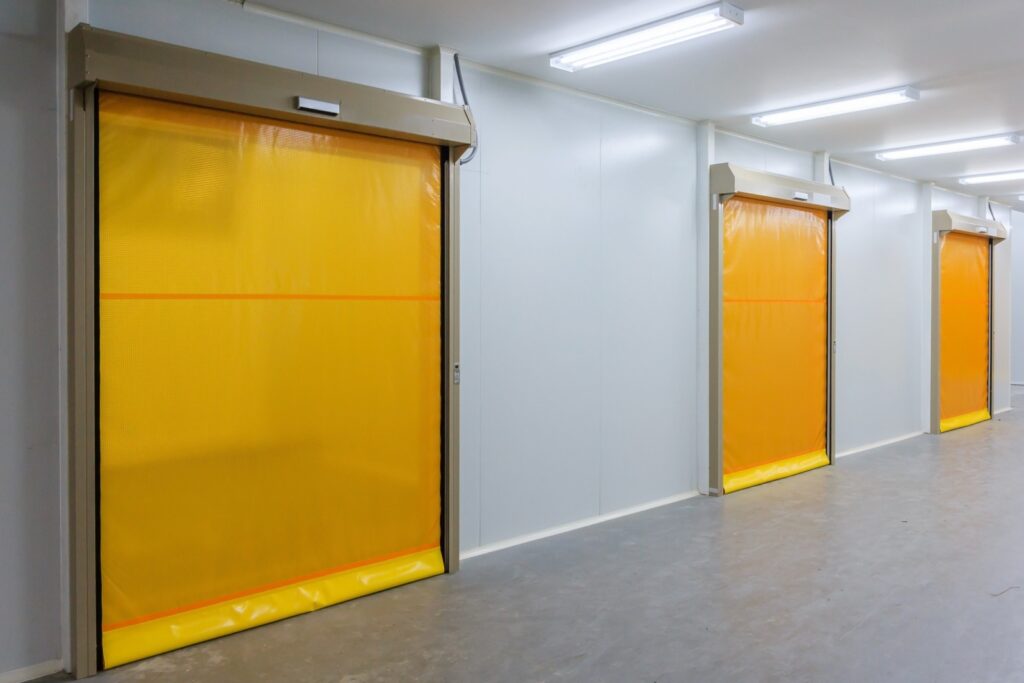
Special Considerations for PVC coated Fabric
Waterproofing and moisture resistance
When working with PVC coated fabric, special considerations for waterproofing and moisture resistance are crucial. Proper seam sealing is essential to prevent water penetration, ensuring that the seams are tightly sealed using methods like heat sealing or specialized seam sealers. Choosing high-quality PVC coated fabrics is also important, as they offer reliable water barrier properties. Look for fabrics with a high PVC content and strong adhesion to the base fabric. Additionally, attention should be given to the construction of the base fabric to enhance its resistance to moisture. Taking these factors into account will help ensure the effectiveness of PVC coated fabric in providing excellent waterproofing and moisture resistance.
Protection against UV rays and fading
When using PVC-coated fabric, it is important to consider its protection against UV rays and fading. PVC coatings are commonly applied to fabrics to enhance their durability and weather resistance, but they can still be susceptible to UV damage over time. To mitigate these risks, it is crucial to choose PVC-coated fabric that incorporates UV stabilizers into its formulation. UV stabilizers are additives that help to absorb or reflect UV radiation, reducing its harmful effects on the fabric. These stabilizers act as a shield, protecting the PVC coating and the underlying fabric from degradation caused by prolonged exposure to sunlight. Additionally, it is advisable to select fabrics with a higher UV resistance rating, as this indicates better protection against fading and damage. Regular maintenance and cleaning of the PVC-coated fabric can also help prolong its lifespan and maintain its UV protection capabilities. By considering these special considerations, you can ensure that your PVC-coated fabric remains resilient against UV rays and minimizes the risk of fading over time.
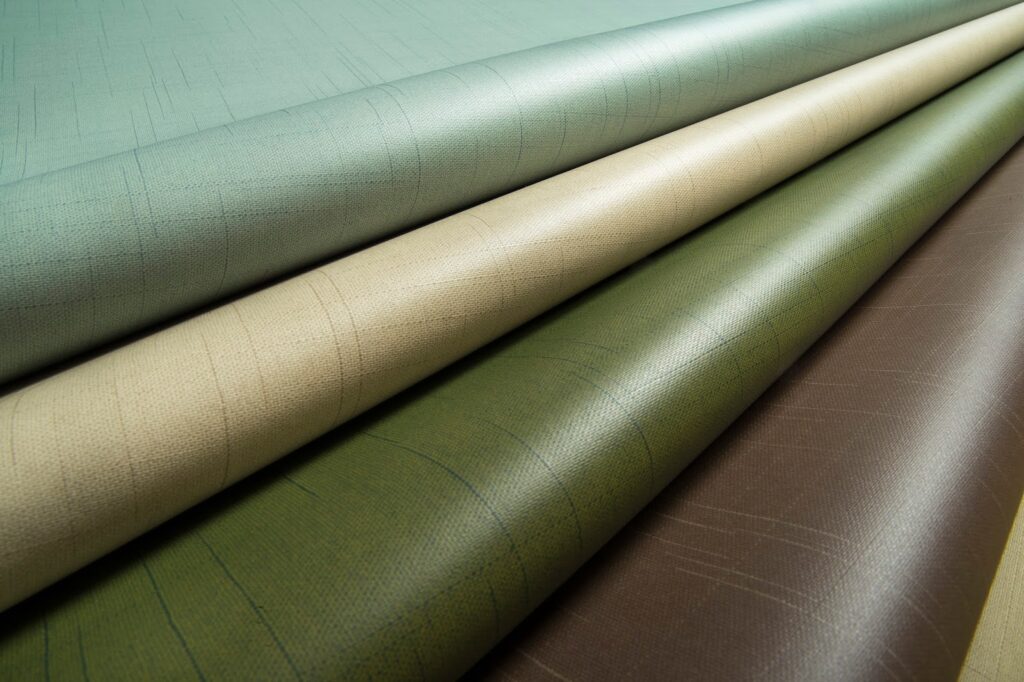
Storage and Handling Tips
Folding and hanging techniques
When folding and hanging PVC coated fabric, it’s essential to follow proper techniques for safe handling and storage. To fold the fabric, start by laying it flat on a clean, smooth surface, ensuring there are no wrinkles. Fold it neatly and evenly, avoiding sharp creases that could damage the coating. When hanging, use sturdy hangers with broad shoulders to distribute the weight evenly and prevent deformation. Hang the fabric in a dry, well-ventilated area, away from direct sunlight or heat sources. Following these guidelines will help maintain the fabric’s quality and prolong its lifespan.
Recommendations for storage conditions
Proper storage conditions are essential for maintaining the quality and longevity of PVC coated fabric. When storing this type of fabric, it is important to consider temperature, humidity, ventilation, and protection from sunlight. PVC coated fabric should be stored in a cool and dry environment with temperatures ranging between 50°F (10°C) and 77°F (25°C). High temperatures can cause the PVC coating to soften or melt, while extreme cold can make it brittle and prone to cracking. Additionally, it is crucial to maintain a low humidity level below 60% to prevent mold and mildew growth, which can damage the fabric. Adequate ventilation helps ensure good air circulation and reduces the risk of moisture buildup. Lastly, protecting PVC coated fabric from direct sunlight is crucial as prolonged exposure to UV rays can cause fading and deterioration. By following these storage recommendations, you can help preserve the quality and extend the lifespan of your PVC coated fabric.

Conclusion
In conclusion, caring for and maintaining PVC coated fabric is essential to ensure its longevity and performance. By following these key steps, you can keep your PVC coated fabric in excellent condition:
Regular Cleaning: Remove any loose dirt or debris from the fabric’s surface using a soft brush or cloth. For more stubborn stains, use a mild detergent mixed with water and gently scrub the affected area. Rinse thoroughly and allow the fabric to air dry completely before storage or further use.
Avoid Harsh Chemicals: To prevent damage to the PVC coating, avoid using harsh chemicals, solvents, or abrasive cleaners. These substances can degrade the fabric and compromise its protective properties.
Proper Storage: When not in use, store PVC coated fabric in a cool, dry place away from direct sunlight. Avoid folding or creasing the fabric for extended periods as this can lead to permanent damage or cracking of the coating.
Protection from Extreme Conditions: PVC coated fabric is designed to withstand various weather conditions, but prolonged exposure to extreme temperatures or UV rays can deteriorate the material. Whenever possible, provide shade or cover the fabric during intense sunlight and avoid exposing it to extreme heat or freezing temperatures.
Inspect for Damage: Regularly inspect your PVC coated fabric for any signs of wear, tear, or damage. Promptly address any issues to prevent further deterioration. Repair small punctures or tears using a PVC fabric repair kit, following the manufacturer’s instructions.
Follow Manufacturer Guidelines: Always refer to the specific care instructions provided by the fabric manufacturer. They may have additional recommendations or precautions tailored to their particular product.
By following these care and maintenance practices, you can extend the lifespan of your PVC coated fabric and ensure it remains durable, vibrant, and resistant to the elements.



